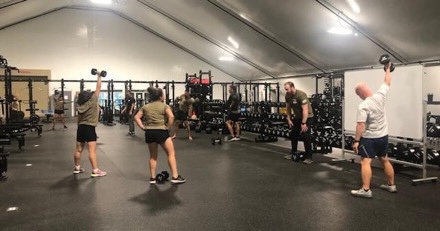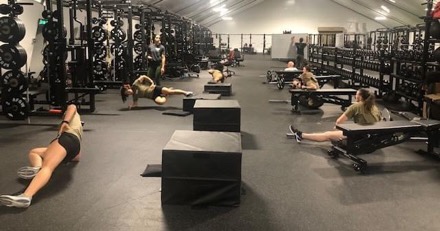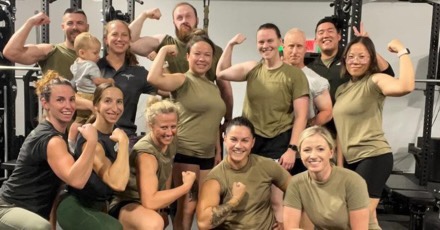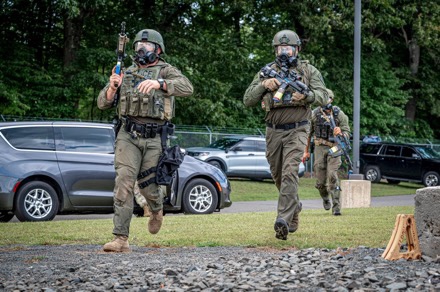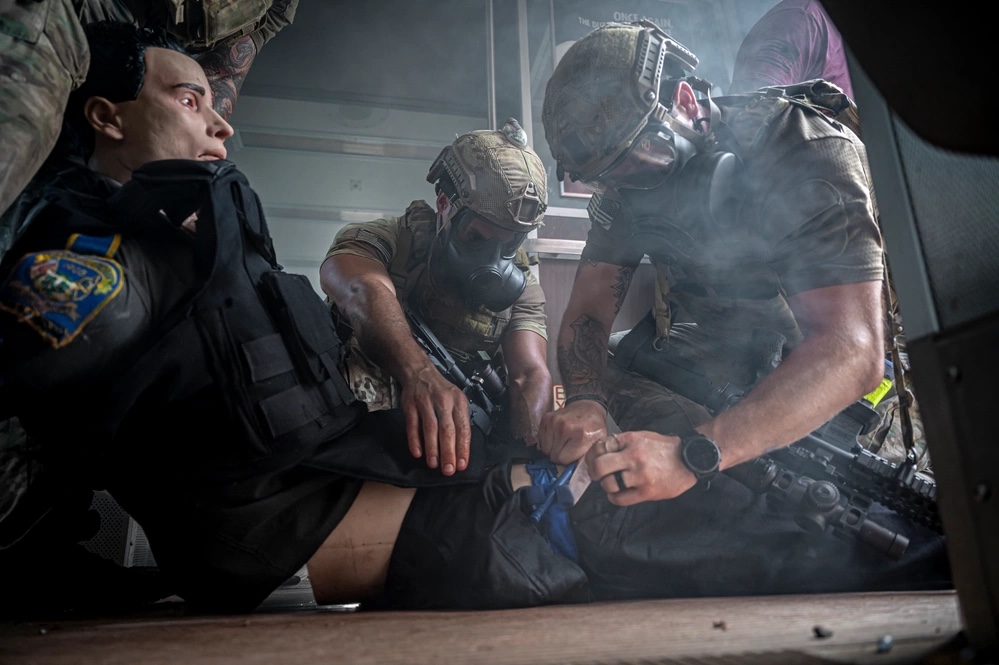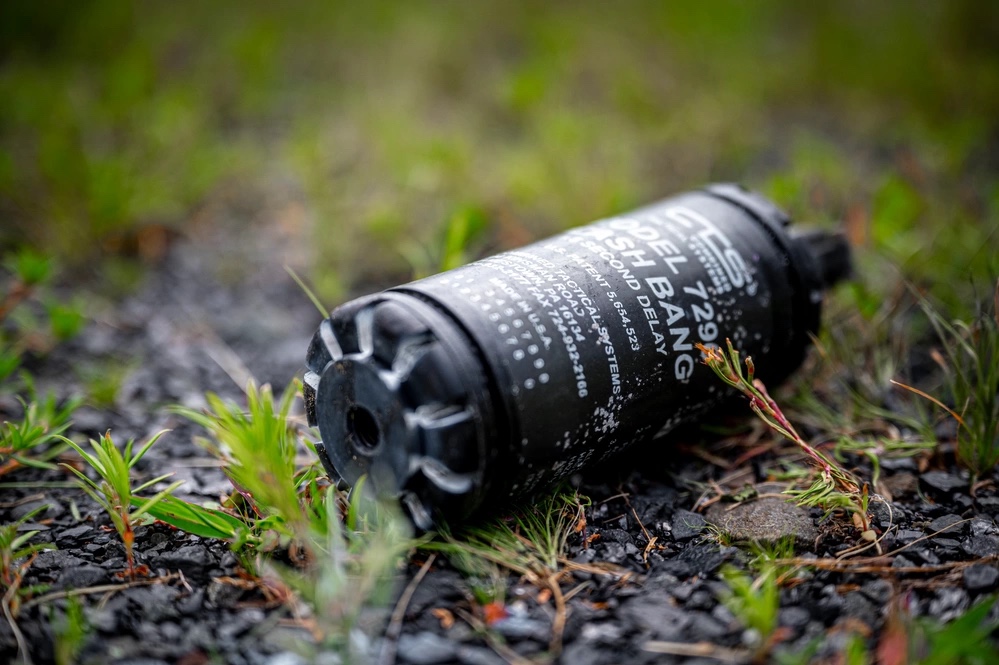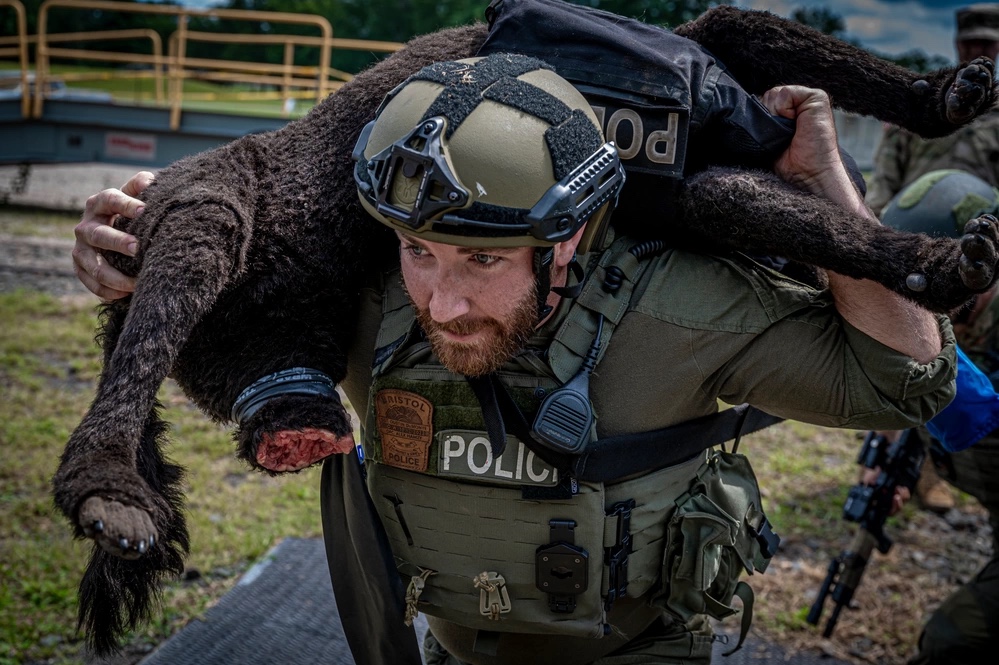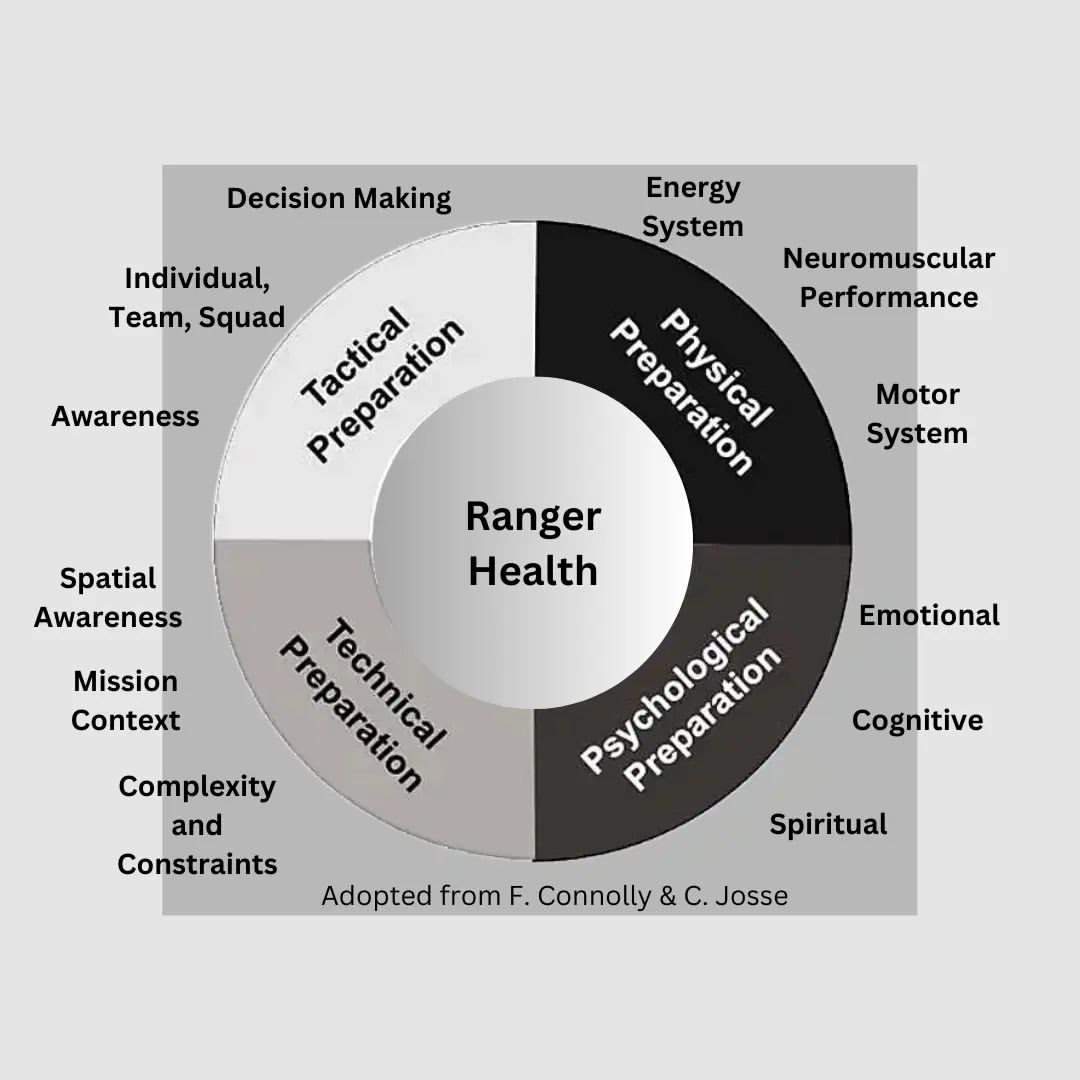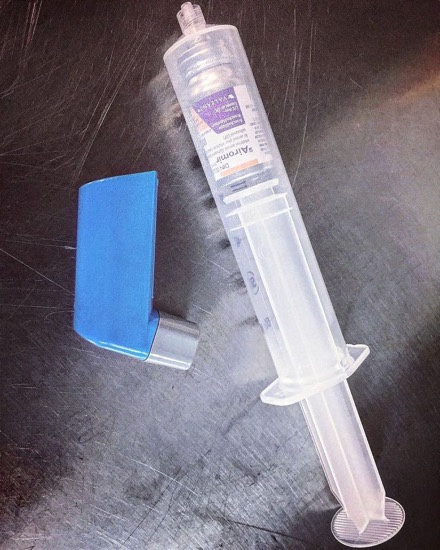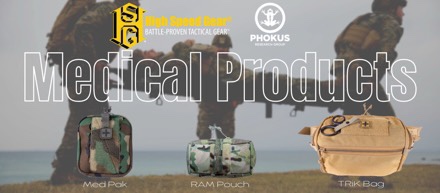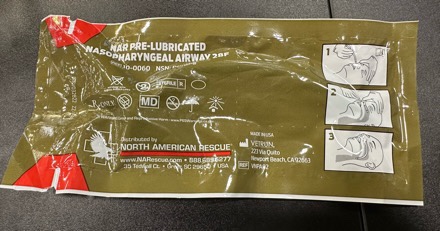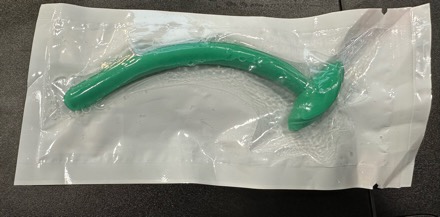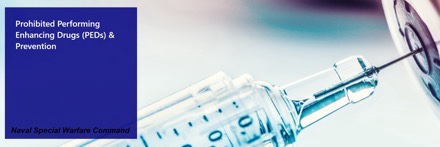
CORONADO, Calif. — In a decisive move to underscore the health, safety, and readiness of its force, Naval Special Warfare (NSW) Command is set to introduce incremental, random force-wide urinalysis testing for Performance Enhancing Drugs (PEDs), commencing Nov. 1st of this year.
This initiative stems from the command’s continuous effort to eliminate unauthorized PED use, a matter that Rear Adm. Keith Davids, commander, Naval Special Warfare Command, stresses is of paramount importance.
“My intent is to ensure every NSW teammate operates at their innate best while preserving the distinguished standards of excellence that define NSW,” said Davids.
In strict alignment with Department of Defense (DoD) and Department of Navy regulations, the use of unauthorized PEDs, including steroids, human growth hormone, and SARMs, without a military medical prescription following DoD protocols, remains dangerous and poses significant risks.
NSW’s new testing initiative will consist of incremental, random tests conducted in parallel with the Navy’s standard testing and following the mandated 15% of the unit’s population per month.
Defense Instruction (DoDI) 6130.06, Use of Dietary Supplements in the DoD, dated 9 March 2022, prohibits use of products on the DoD Prohibited Substance Ingredients List, found on the Operation Supplement Safety website, unless authorized by a DoD healthcare provider.
“This incremental, random force-wide testing initiative is far more than a regulatory step—it’s a steadfast commitment to the health, safety, and operational readiness of every member of the NSW community,” Davids said.
According to Davids, NSW leadership understands that there can be legitimate medical conditions that warrant treatment with prescription supplementation and medication – under military medical supervision.
“The unauthorized and unsupervised use of PEDs is what we are trying to identify and prevent,” said Davids. “Nevertheless, we realize that some of our teammates may have legitimate medical conditions that need to be treated with prescription supplementation. If that is the case, we encourage our teammates, who haven’t already, to speak with their medical providers to get diagnosed and properly treated.”
Learn more about DoD prohibited dietary supplement ingredients at www.opss.org.
By Naval Special Warfare Command Public Affairs


